
Discover the truth about whether white is a color, including its scientific basis and significance in various fields.

Explore how wormholes may challenge our understanding of causality in physics and the implications of faster-than-light travel.

Discover the truth about wormholes and their relation to Einstein's relativity in this insightful Q&A.

Delve into the intriguing concept of zero time and its implications in physics.

Discover the three key factors affecting pressure: force, area, and volume. Learn how they interact and apply Boyle's Law.

Discover atomic clocks—the pinnacle of timekeeping accuracy—vital for GPS, research, and global standards.

Explore whether purple exists in physics as a wavelength or a perception created by light combinations.

Discover how ice cools its surroundings by absorbing heat. Learn the science behind this phenomenon in our latest video!

Discover how atomic clocks validate Einstein's relativity theories through groundbreaking experiments like Hafele-Keating.

Discover why cesium 133 is essential for atomic clocks and their role in global timekeeping standards.

Explore whether wormholes have been created or remain a theoretical concept in physics with insights on Einstein's theories.

Explore the complex mathematics of wormholes, their connection to general relativity, and the role of exotic matter.

Discover why antimatter is one of the most expensive substances on Earth, with costs reaching $62.5 trillion per gram.

Explore what materials can withstand extreme temperatures, focusing on quark-gluon plasma and its significance in high-energy physics.

Discover the scientific theories regarding energy's existence prior to the Big Bang and the implications for our universe.

Discover the truth about snowflake shapes—are they all hexagonal? Learn about the science behind their unique designs.

Discover the diverse beliefs among physicists regarding the Big Bang Theory and explore alternative models of the universe.

Discover the science behind why the sky is blue through Rayleigh scattering and light interaction with the atmosphere.
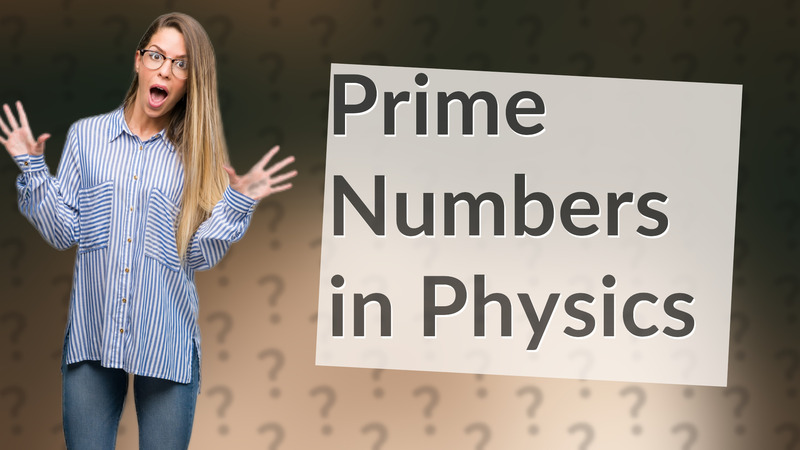
Discover the role of prime numbers in quantum physics and crystal analysis and their importance in physical models.

Explore the intriguing concept of dimensions that exist independently of time, including theoretical implications in physics and philosophy.

Learn about the Rydberg constant and its significance in achieving precise measurements in physics.

Discover how atomic clocks, using cesium and rubidium, achieve unparalleled time accuracy.

Explore whether super asymmetry is a real scientific theory or just a fictional concept from The Big Bang Theory.
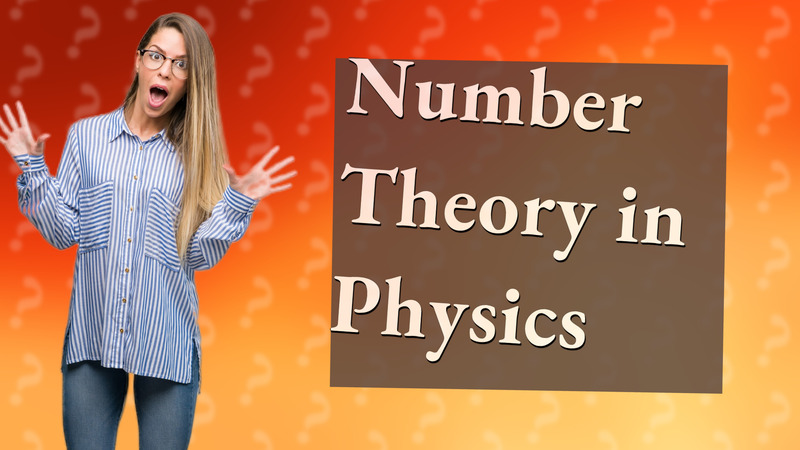
Discover how number theory aids physicists in understanding particle interactions and fundamental laws.

Discover how prime numbers influence physics, cryptography, and quantum mechanics.

Discover how gravity influences our daily lives through real-life examples and theories by Newton and Einstein.

Explore why sound is invisible to us, learn about sound waves and how they differ from light.

Discover the shortest distance on Earth, from molecular scales to geographic realities.

Explore the fascinating world of antimatter, the rarest item known, and its incredible potential. Learn more about its properties and uses.

Discover why antimatter is the most costly substance known, with staggering production costs and its potential applications.

Discover the origins of band theory and its significance in solid-state physics and electrical conductivity.

Discover how scientists differentiate elements through atomic numbers and spectroscopy in this insightful Q&A.

Discover how Einstein's Brownian Motion experiment provided strong evidence for atom existence in this insightful video.

Explore the groundbreaking discoveries that led to our understanding of atomic structure, from electrons to the nucleus.

Discover the experiments and theories that unveiled the atom's structure, from Rutherford's gold foil experiment to quantum mechanics.
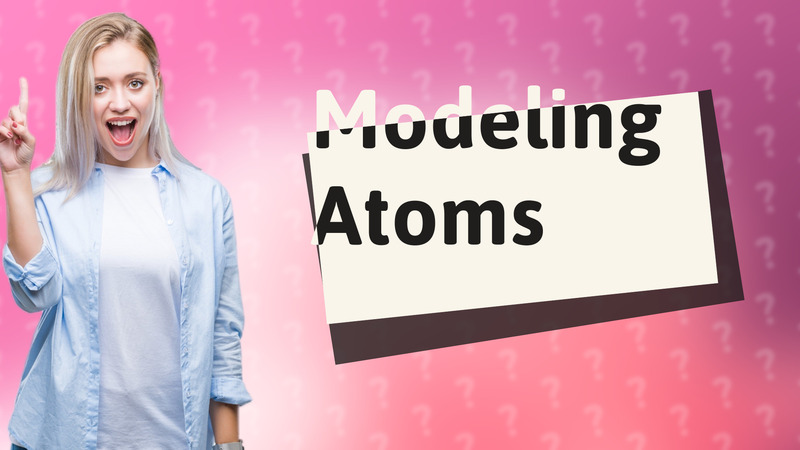
Explore how scientists create models to visualize and study atomic structures and behaviors.

Discover why water is heavier than snow by exploring the science of density and molecular structure.

Discover how the gamma function extends factorials to complex numbers, enhancing probability and statistical analysis.

Discover how Ernest Rutherford identified alpha, beta, and gamma radiation, revolutionizing our understanding of radioactivity.

Discover how Henri Becquerel accidentally discovered radioactivity and its impact on science.

Learn about the four fundamental laws of electromagnetism that govern electric and magnetic fields.

Discover why sunlight isn't gamma rays and learn about the different types of radiation emitted by the sun.

Explore the differences between gamma rays and microwaves in energy levels and applications.

Discover the frequency range of gamma-rays and their applications in medical fields.

Learn about the discovery of delta rays by J.J. Thomson and its significance in understanding radiation and matter interactions.

Explore Henri Becquerel's accidental discovery of radioactivity in 1896 and its impact on science and technology.

Explore the energy levels of gamma rays and their impact on matter in this insightful video on electromagnetic radiation.

Discover why humans cannot see gamma rays and learn about the electromagnetic spectrum.

Learn about Paul Villard's discovery of gamma rays and their significance in science and medicine.

Discover how gamma rays are formed through various natural and man-made processes.

Discover the differences between cosmic rays and gamma rays in this insightful video Q&A.

Explore the discoveries of alpha, beta, and gamma rays by Rutherford and Villard in this enlightening Q&A video.

Discover who found beta rays and their significance in radiation science.

Discover why gamma rays are so powerful and their applications in medicine and safety.

Explore the truth about gamma rays and their incredible strength in this insightful Q&A session.

Learn about the discovery of delta rays by Ernest Rutherford and their significance in modern physics.

Learn about the discovery of gamma rays by Paul Villard in 1900 and their role in nuclear reactions.

Discover what gamma rays are, including examples and their sources in nuclear reactions and cosmic events.

Explore the significance of gamma rays in Class 12 physics, their properties, and applications in medical fields.

Discover what gamma rays are composed of and their significance in radiation and cosmic events.

Learn how dense materials like lead and concrete can effectively cancel gamma rays for optimal protection.
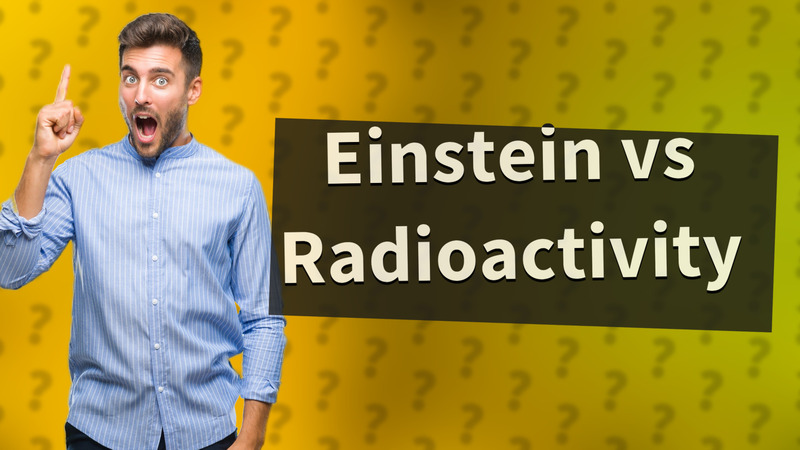
Uncover the real facts about radioactivity discovery and Einstein's contributions to modern physics.

Explore the discovery of gamma rays by Paul Villard and its significance in physics.

Discover the origins of radiation as we explore Henri Becquerel's discovery and the contributions of Marie and Pierre Curie.

Explore the differences in strength and applications of alpha, beta, and gamma radiation types.

Explore the discovery of gamma rays by Henri Becquerel and its significance in the field of electromagnetic radiation.

Learn what makes up a bubble and the science behind its formation in this insightful Q&A video.

Discover how Einstein's analysis of Brownian motion provided proof for the existence of atoms.

Explore how Henri Becquerel's accidental experiment with uranium salts led to the discovery of radioactivity.

Explore the discovery of vibrational frequency and its significance in physics, tracing back to Heinrich Hertz's groundbreaking work.

Learn about atomic physicists and their role in studying the fundamental building blocks of matter.

Discover Henri Becquerel's hypothesis about fluorescent materials and their relation to X-rays, leading to his groundbreaking discovery of radioactivity.

Discover how the work done by a spring is determined by displacement and spring constant, as defined by Hooke's Law.

Explore the groundbreaking Gold Foil Experiment that revealed the atomic structure of matter conducted by Ernest Rutherford in 1909.

Discover the importance of learning atomic structure for scientific progress and real-world applications.

Explore the five major scientific models of atoms, from Dalton to Quantum Mechanics, and understand their unique contributions to atomic theory.

Discover why scientists rely on models to study atoms and understand their behavior. Learn about atomic structure and interactions.

Explore the dual nature of atomic structure in physics and chemistry, highlighting its fundamental concepts.

Discover how modeling aids in visualizing atomic structures and enhances our understanding of chemistry and physics.

Discover how Niels Bohr revolutionized our knowledge of atomic structure and quantum mechanics.

Explore the pivotal discoveries that formed the foundation of modern atomic theory.

Learn how an atom's atomic number is defined by its protons, unique to each element like hydrogen and carbon.

Learn how to calculate work done in Hooke's Law with our easy-to-follow guide and formula.

Learn the fundamental formula of work done: Work = Force × Distance, explained in simple terms.

Explore how Niels Bohr's groundbreaking work shaped our understanding of atomic structure.

Explore the crucial impact of atomic structure discovery on chemistry, physics, and medicine.

Discover how the formula 1/2 kx^2 defines potential energy in springs and its importance in mechanics.

Explore the well-substantiated model of atomic structure and its significance in science.

Explore Nikola Tesla's skepticism on atoms and his belief in a continuous ether versus atomic theory.

Explore how the Rutherford gold foil experiment transformed our understanding of atomic structure and proved the existence of atoms.

Discover the formula for spring mechanics with Hooke's Law: F = -kx. Learn how springs respond to forces.

Explore why learning about atomic structure is vital for grasping science's core principles in chemistry, physics, and biology.
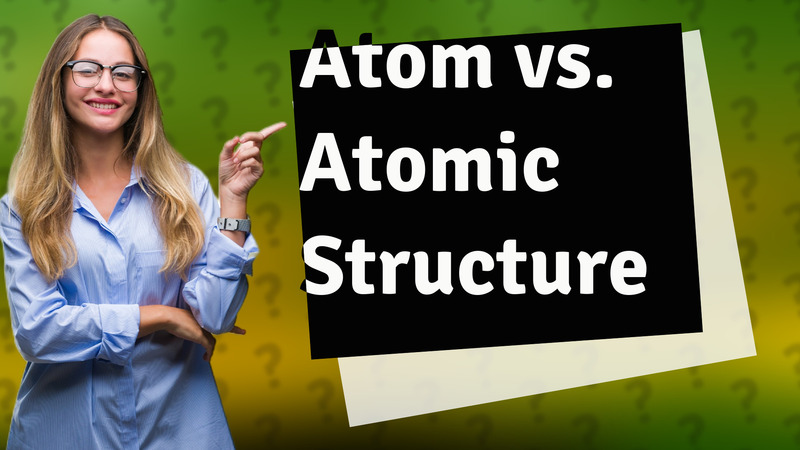
Learn the key differences between atom and atomic structure in this concise Q&A video.

Explore the Quantum Mechanical Model, the foundation of modern atomic science, predicting electron behavior around the nucleus.

Explore what ΣF = 0 means in physics, indicating equilibrium in forces and its application in engineering and structural stability.

Explore how scientists revealed the atom's existence through groundbreaking experiments, despite its invisibility.

Explore the Bohr model of atoms, a fundamental representation depicting electrons and atomic structure.

Discover the 4 atomic models that shaped our understanding of atomic structure, from Dalton to Bohr.

Learn the formula for calculating work done by gravity and its significance in energy transfer.

Explore the 7 atomic models, from Dalton to the Quark Model, in this concise and informative video.